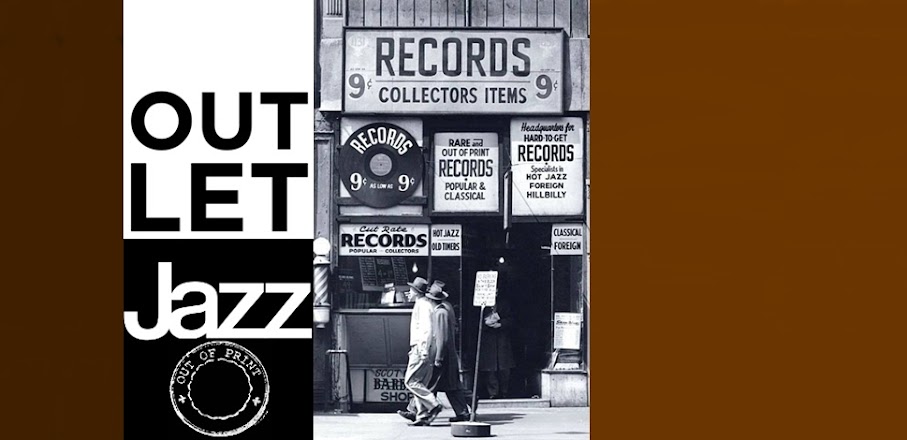Whether it be jazz of Johnny Dodds, Duke Ellington or Dave Brubeck, jazz above all else must have vitality. That's a polite way of saying that jazz has to swing. The degree of swing, like most things, can be measured only by the listener and judged by whatever message jazz holds for his ears alone.
The Warne Marsh Quintet is such a group, whose avowed musical purpose lies in just that swingin' direction. Much of modern jazz today appears on the surface to be a melange of discord to the uninitiated. Unity however, is obtained by freely improvising, perhaps not so much from arrangements, but rather, in the case of the Warne Marsh five, from an innate feeling for playing together, and above all else, swinging.
Though the group has been playing as a unit for a limited period of time, they have already attracted wide attention in jazz circles. Four of the members were students, as were many other jazz greats, of Lennie Tristanto, and they have worked together off and on for a number of years.
Though the group originally got together for the purpose of "jamming", it was soon evident that they would stay together. A successful engagement at The Haig in Los Angeles only whet their enthusiasm and urged the group to go on.
Sound plays a very important role in the Warne Marsh Quintet framework. Notice the manner in which the two tenors are integrated with the piano voice in many of the selections, with a good deal of simultaneous improvisation throughout all the works.
Though most of the selections are original jazz pieces, they only serve to further highlight the stimulating musical effort of the musicians. "Lover Man", and "I Never Knew" are the only standards in this album, the former piece so well associated with the late Charlie Parker, the latter a "head" arrangement allowing wide berth for lots of swinging and vaguely reminiscent of an older rendition by Lester Young a good many years ago.
You don’t have to be old in years to feel pain, and by the same line of reasoning, neither do jazz musicians need to be gray to be able to lay down what they feel.
The feel, the sincerity of purpose and the inner knowledge that what they perform is true, is all important, and is perhaps the underlying force in jazz today. *(Liner notes)*
These tracks date from the time Marsh spent back in his hometown, Los Angeles —from February 1956 to November 1957—, leading a quintet that was something of a Tristano student reunion.
There are some very familiar characteristics: improbably tricky themes deriving from familiar harmonic territory —Ball, Brown and Marsh all contribute— propelling the improvisation into fascinating demonstrations of agility. Marsh and Brown are never exactly competitive, but clearly stimulate each other intensely; at times they wrap around themselves almost organically, prodded on by Ball's perfectly-judged piano work.
This sessions mark the start of Marsh's career as leader and organiser, and as such fill an important gap in his history. *Jack Cooke*
The "two cities" referred to were Los Angeles and New York, and the title suggests Marsh's ambivalence: he considered New York his aesthetic home, the locus of his education in jazz, while Los Angeles was not only his birth home but the place where his education truly flowered, independently of his mentor (Lennie) Tristano.
In his review of Jazz of Two Cities Nat Hentoff noted the Tristano influence "in the penchant for long lines and the kind of airy but wiry phrasing and logical, flowing conception". Warne Marsh and Ted Brown "blow with admirable technical ease, empathic, and stimulating ideas and good if coolish sound... Their time is also precise and subtle". As for the complex Tristno-style lines, Hentoff commented that they "project a certain amount of brittleness... as if they were mores a problem to solve than a story to tell".
At the time, Lennie Tristano praised Jazz of Two Cities as "one of the best records made in recent years, from the standpoint of originality, swing, drive, improvising, and charts". On the basis of marsh's playing alone Tristano's judgment is justified, and the group as a whole is arguably the best that Marsh ever led.
*Safford Chamberlain (from his book An Unsung Cat: The Life and Music of Warne Marsh)*
1 - Smog Eyes
(Ted Brown)
2 - Ear Conditioning
(Ronnie Ball)
3 - Lover Man
(Jimmy Davis, Ram Ramirez, James Sherman)
4 - Quintessence
(Ronnie Ball)
5 - Jazz of Two Cities
(Ted Brown)
6 - Dixie's Dilemma
(Warne Marsh)
7 - Tchaikovky's Opus #42, Third Movement
(Pyotr Ilyich Tchaikovsky)
8 - I Never Knew
(Ted Fio Rito, Gus Kahn)
Warne Marsh, Ted Brown (tenor saxes); Ronnie Ball (piano); Ben Tucker (bass), Jeff Morton (drums).
#1 to #4:
Recorded at Radio Recorders, Hollywood, California, October 3, 1956.
#5 to #8
Recorded at Master Records, Hollywood, California, October 11, 1956.













